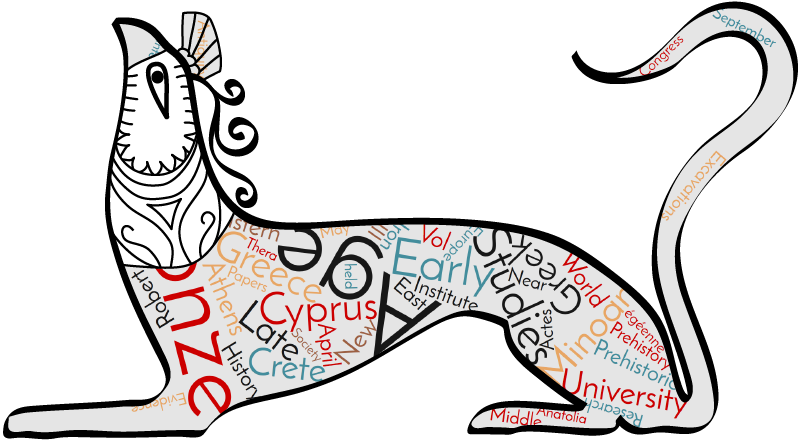Death, Rituals and Symbolism in Prehistoric Aegean
On 30 June 2022 proposals (title of the proposed contribution, a summary of 200-300 words, and affiliation(s) of the author(s)) are due for an international online workshop entitled Death, Rituals and Symbolism in Prehistoric Aegean, to be hosted on 11-13 December 2022 by the International Association for Archaeological Research in Western and Central Asia (ARWA). Further information is available at https://arwa-international.org/events-m/arwa-research-workshops/; proposals should be sent to Vasıf Şahoğlu and Ourania Kouka at
Cultural Continuity, Change and Interaction
On 15 August 2022 abstracts (300 words maximum) are due for an international online symposium entitled Cultural Continuity, Change and Interaction in the Aegean World from the Second to First Millenium BC, to be held on 17-18 November, hosted by DEÜ Archaeology and Archeometry Application and Research Center in Turkey. Further information is available at https://www.academia.edu/76798261/Call_for_Papers_INTERNATIONAL_SYMPOSIUM_CULTURAL_CONTINUITY_CHANGE_AND_INTERACTION_IN_THE_AEGEAN_WORLD_FROM_THE_SECOND_TO_FIRST_MILLENIUM_BC.
Open Archaeology: Archaeology of Migration
On 2 October 2022 submissions (recommended length of 8,000-12,000 words, excluding the bibliography and figure captions) are due for a special issue of Open Archaeology on the “Archaeology of Migration: Moving Beyond Historical Paradigms”. Further information is available at https://www.editorialmanager.com/opar/default1.aspx.
SAA 2023
On 8 September 2022 submissions, both session and individual (abstracts 200 words maximum), are due for the Society for American Archaeology 88th Annual Meeting (SAA 2023), to be held on 29 March – 2 April 2023 in Portland, OR. Further information is available at https://www.saa.org/annual-meeting.

